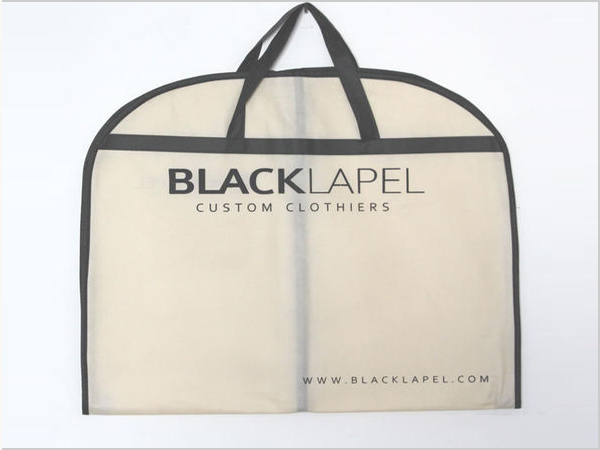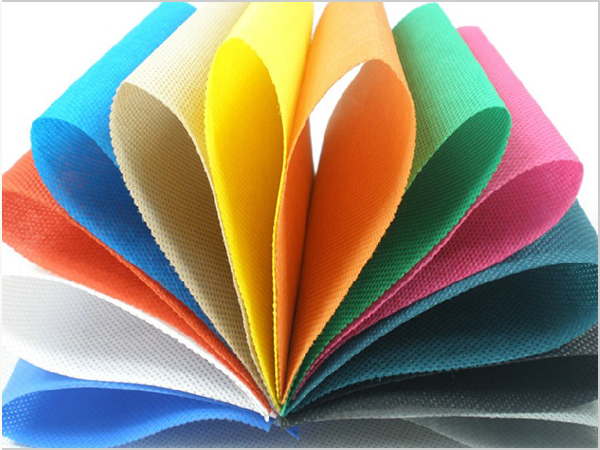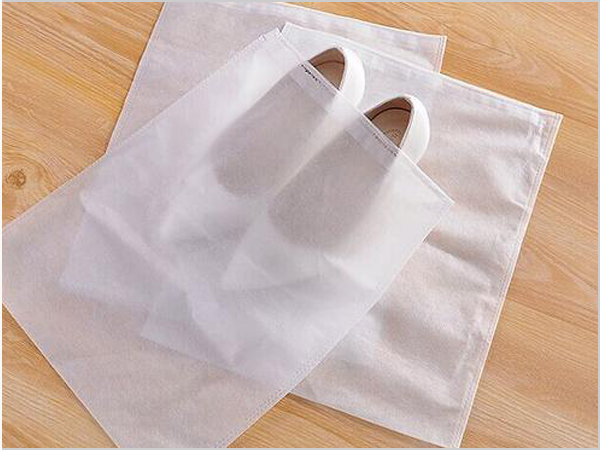- Xiangshuo has stood out in the field of spunbond nonwoven fabrics!
- How should enterprises respond to the impact of repeated tariffs
- PP non-woven fabric is a new type of environmental protection material!
- Under the tariff challenge, the textile and garment industry has a new opportunity
- Spunbonded non-woven fabric is an efficient, multi-functional modern material!

- Telephone: 0551- 66779966
- Cellphone: 18955130444
- Email: 58792982@qq.com
- Address: Building 1-2, East of Wubu Village Section, Hehuai Road, Wushan Town, Changfeng County, Hefei City, Anhui Province
In recent times, the Japanese yen exchange rate has fluctuated and fallen sharply, putting significant pressure on the Japanese economy. In addition to the Japanese yen, the exchange rates of many Asian countries' local currencies against the US dollar have also fallen to varying degrees this year. Nihon Keizai Shimbun recently reported that many Asian countries are wary of the depreciation of their currencies caused by the appreciation of the US dollar, and have launched currency defense wars.
According to reports from the Nikkei Business News, since this year, as of May 1, the exchange rates of the local currencies of many Asian countries, including the Japanese yen, Thai baht, Korean won, Indonesian rupiah, Philippine peso and Malaysian ringgit, have fallen to varying degrees against the US dollar. Compared with the beginning of the year, the exchange rate of the Japanese yen against the US dollar fell sharply by about 9%, the Korean won exchange rate also fell by more than 6%, and the Indonesian rupiah exchange rate fell by more than 5%.
Where will Asian currencies go next? How does the RMB respond to this round of shocks? What impact will it have on textile foreign trade?
Textile foreign trade may be threatened again
Whether it is Japan, South Korea or Southeast Asia, they are all important textile and clothing export destinations in my country. The exchange rate fluctuations of local currencies will inevitably affect my country's textile foreign trade exports.
From a micro perspective, on the one hand, the sharp depreciation of the currency exchange rate will increase the import cost of my country's textiles and clothing in overseas markets; on the other hand, the continued depreciation of the exchange rate will further squeeze the foreign exchange reserves of Asian central banks, triggering foreign exchange tensions, and making some companies even if they exist demand, it is impossible to apply for enough foreign exchange for imports.
From a macro perspective, every time the United States enters a cycle of high interest rates and strong exchange rates, overseas countries will face tremendous pressure. When U.S. interest rates are high, funds flow back from emerging markets to the U.S. dollar area, pushing up the U.S. dollar exchange rate and U.S. dollar asset prices, attracting more funds to leave emerging markets. Emerging market countries use foreign exchange reserves to maintain exchange rate stability. However, with the rapid reduction of reserves, fundamental factors have deteriorated, and more foreign hot money (as well as domestic funds) have fled. Many emerging countries have accumulated a large amount of US dollar debt. Once foreign capital withdraws, US dollar liquidity will quickly dry up, and a debt crisis will easily break out, which may cause a chain reaction.
But overall, after learning from the financial crises in 1997 and 2007, countries have further improved their control over exchange rates, and the probability of systemic risks has been significantly reduced compared to then.
Statement: The content of this article is compiled from the Internet, and the copyright belongs to the original author; if there is any infringement, please inform us in time and contact us for deletion.
- Xiangshuo has stood out in the field of spunbond nonwoven fabrics!
- How should enterprises respond to the impact of repeated tariffs
- PP non-woven fabric is a new type of environmental protection material!
- Under the tariff challenge, the textile and garment industry has a new opportunity
- Spunbonded non-woven fabric is an efficient, multi-functional modern material!
- By the wind of gold, silver and silver, Keqiao Textile set sail
- PP non-woven fabrics occupy an important position in many fields!
- Textile industry is tested How should textile people cope with such challenges?
- What is the production process of spunbonded nonwovens?
- How to achieve revenue growth driven by policy dividend and technological revolution?



